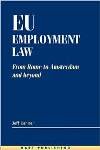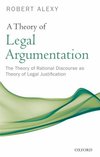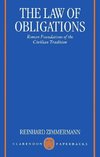
-
 Anglický jazyk
Anglický jazyk
The Versatility of the Real Estate Asset Class - the Singapore Experience
Autor: Kim Hin David Ho
Chapter 1 takes a close look at two types of heterogeneous investors (momentum and disposition) to form a unique difference model, to interpret housing price dynamics. Three parameters are crucial, namely, auto-correlation, the rate of mean reversion and... Viac o knihe
Na objednávku
17.55 €
bežná cena: 19.50 €
O knihe
Chapter 1 takes a close look at two types of heterogeneous investors (momentum and disposition) to form a unique difference model, to interpret housing price dynamics. Three parameters are crucial, namely, auto-correlation, the rate of mean reversion and the contemporaneous adjustment towards long-term equilibrium price. The key implication is that the 2006 boom of the Singapore private housing market does not offer as large a magnitude as that from the price gain in the 1990's boom-and-recovery over the long-term. Singapore's private housing market is low risk, offering stable returns owing to virtually no divergence even in the speculative 1990s. The best way to invest is to consider the momentum strategy and avoid the herd behaviour for profit sustainability. For policy makers, the Singapore private housing market is over-damped in the long run.
Chapter 2 adopts game theory to look at the private residential development oligopolistic market; the determination of residential development sale prices in an uncertain market and under incomplete information of competing developers; the dynamic interaction among developers; the time lags of the development project completion from project start; and the launching of the residential development for sale before completion and the residential development's own capacity constraints. Developers tend to cooperate for long-term benefit, leading to a sales slowdown. Relatively high profits, earnable in the first few periods, provide an allowance to price undercut others, to sell much faster. First-mover advantage in a new market is evident. As uncertainty rises, prices decrease while price variability increases.
Chapter 3 looks at the institutional nature of legal origin and the total returns (TRs), derived from investing in a country's direct real estate, and via the adoption of a multi-factor arbitrage pricing theory (APT) model. The 1st and 4th order autoregressive model is adopted to de-smooth the TRs. De-smoothed data is used in conjunction with 2 macroeconomic variables (real GDP growth rate and interest rate) and 1 real estate risk factor (vacancy rate) to form the multi-factor structural model. A pooled panel analysis is conducted with the law-system dummies, denoting British legal origin and French legal origin, and the factor loadings (i.e. the sensitivity of the risk factor to the TRs). Macroeconomic and real estate risk factors in equilibrium affect the TRs. Vacancy rate commands high and significant risk premium owing to its direct impact on the TRs, relative to GDP growth rate and interest rate.
Chapter 4 is concerned with the real estate mezzanine investment (REMI), a new financial instrument for Asia's real estate market, and examines the REMI structure, the measurement and characteristics of its risks and returns via a forward-looking binomial asset tree (BAT) model. Risk neutral pricing probability is adopted. REMI bears more risk than typical commercial bank loans, resulting in higher interest rates than pure equity. Different risk issues focus on two major sources - the financial loan to value (LTV) ratio risk and the real estate and capital markets risk. Chapter 4 fulfils the need to close the gap concerning the REMI structure and performance in the steady state, utilizing reliable, authoritative information and data sources. Lastly, Chapter 5 offers this book's conclusion.
- Vydavateľstvo: Partridge Publishing Singapore
- Rok vydania: 2021
- Formát: Paperback
- Rozmer: 229 x 152 mm
- Jazyk: Anglický jazyk
- ISBN: 9781543763621
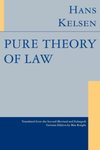
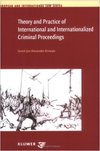

 Nemecký jazyk
Nemecký jazyk 
